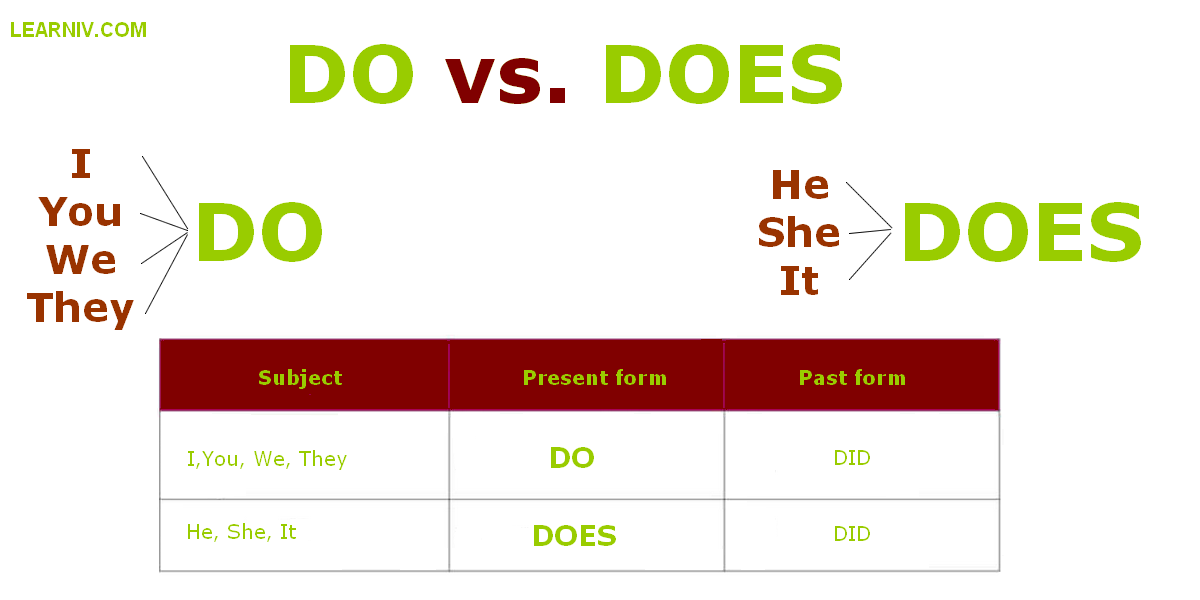Mastering the Three C’s in Automotive: Condition, Cause, and Correction for Effective Repairs
Introduction: Why the Three C’s Matter in Automotive Service
The automotive repair industry operates on a foundation of precision, accountability, and systematic problem-solving. A crucial framework that both technicians and customers rely on is the Three C’s : Condition , Cause , and Correction . This methodology ensures accuracy in diagnosing issues, clarity in communication, and quality in repairs, ultimately leading to higher customer satisfaction and more efficient shop operations [1] [2] [3] .

Source: themartiniway.com
Understanding the Three C’s: Condition, Cause, and Correction
Let’s delve into each component, examine its purpose, practical application, and address the steps you should follow for best results.
1. Condition: Defining the Problem Clearly
Condition refers to the current state or symptom experienced by the vehicle. It is the starting point for any diagnostic or repair process. For technicians, this means gathering a detailed account of what the customer is experiencing-such as unusual noises, vibrations, warning lights, or performance issues. For customers, accurately describing the condition helps ensure the problem is correctly identified from the outset [2] .
Example:
A customer reports that their car is making a squealing noise when braking at low speeds. This is the ‘condition’ that needs investigation.
Actionable Steps:
- Document the condition with as much detail as possible (when, where, how often, under what circumstances).
- If you are a vehicle owner, provide specifics such as sounds, smells, lights, and when the problem occurs.
- Technicians should ask clarifying questions and perform a visual or test drive inspection as the first step.
Challenges: Sometimes, symptoms can be vague or intermittent. It may require multiple observations or test drives to replicate the problem. Customers are encouraged to note patterns or conditions that trigger the issue.
2. Cause: Diagnosing the Root of the Problem
Cause is the underlying reason the condition exists. This stage involves diagnostic testing, inspections, and leveraging experience and technical knowledge to uncover what is actually wrong. Accurate diagnosis is vital to avoid unnecessary repairs and ensure long-term fixes [1] .

Source: pixabay.com
Example:
Upon inspection, the technician finds that the squealing noise is due to worn brake pads and a slightly warped rotor.
Actionable Steps:
- Use diagnostic tools (like OBD-II scanners, multimeters) and follow systematic troubleshooting guides.
- Check service bulletins and recall notices for known issues related to the specific vehicle model.
- Verify findings with a second technician or supervisor for complex or ambiguous cases.
Challenges: Modern vehicles are complex, often requiring specialized knowledge or equipment. Misdiagnosis can result in increased costs and lost time. Shops should invest in ongoing technician training and updated diagnostic tools.
3. Correction: Implementing the Solution
Correction is the action taken to resolve the cause and eliminate the condition. This step includes performing repairs, replacing parts, or recalibrating systems, followed by verification to ensure the issue is fully resolved [3] [4] .
Example:
The technician replaces the brake pads and resurfaces the rotor. A test drive confirms the squealing is gone and braking performance is restored.
Actionable Steps:
- Carry out the repair as specified in the diagnostic findings.
- Use manufacturer-recommended parts and procedures whenever possible.
- Document the correction in detail for warranty and legal purposes.
- Test the vehicle after repairs to confirm resolution.
Challenges: If the correction does not resolve the issue, revisit the initial diagnosis. Sometimes, multiple issues can cause similar symptoms, requiring further investigation.
Practical Application: The Three C’s in Repair Orders and Communication
In the service industry, the Three C’s are not just a mental checklist-they are the backbone of repair order documentation. Accurate records using the Three C’s ensure warranty compliance, transparent communication with customers, and efficient workflow management [4] .
When you bring your vehicle to a shop, expect the service advisor to:
- Ask you for a detailed description of the condition.
- Relay findings and possible causes after inspection.
- Explain the planned correction and provide an estimate.
As a customer, you can:
- Request a copy of the repair order, which should list all three C’s for transparency.
- Ask for clarification if any part of the diagnosis or correction is unclear.
Alternative Uses: Three C’s for Shop Productivity and Technician Management
Some industry experts also apply the Three C’s framework to technician management and shop productivity. By assessing the ‘condition’ of technician skills, identifying the ’cause’ of underperformance, and implementing a ‘correction’ through training or process improvements, managers can optimize team effectiveness [3] .
For service managers:
- Regularly review technician productivity and skill levels.
- Identify barriers to performance (e.g., lack of training, outdated tools).
- Implement corrective actions such as targeted training or workflow adjustments.
Accessing Quality Automotive Service Using the Three C’s
To ensure your vehicle receives the highest standard of care, you can:
- Choose certified shops that document repairs using the Condition, Cause, and Correction method.
- Ask about diagnostic procedures and request detailed explanations for proposed repairs.
- Check for shops with memberships in reputable industry organizations such as the National Institute for Automotive Service Excellence (ASE). You can search for ASE-certified shops by visiting the official ASE website or asking your local repair facility about their credentials.
- If warranty work is needed, contact your vehicle manufacturer’s customer service for authorized repair centers and ensure that repair orders include all three C’s for claim approval.
Summary: Key Takeaways and Implementation Tips
The Three C’s-Condition, Cause, and Correction-form a reliable framework for successful automotive service. By understanding and applying these principles, both customers and technicians can ensure problems are accurately identified, efficiently resolved, and thoroughly documented.
If you are seeking a trustworthy repair experience:
- Provide clear and detailed information about your vehicle’s symptoms.
- Request transparency at each stage of the process.
- Ask for documentation using the Three C’s for every repair.
For further guidance, consider searching for “Condition Cause Correction automotive” on reputable industry websites or contacting recognized professional organizations in automotive service. Always prioritize shops and technicians who emphasize thorough documentation and communication throughout the repair process.
References
- Spray Filters Direct (2024). The Three C’s of Automotive Repair – Condition, Cause, & Correction.
- Wrench (2022). The Three C’s: A Mechanic’s Structured Approach to Repairs.
- CBT News (2022). 3 C’s to Effectively Manage and Motivate Your Auto Technicians.
- AutoSuccess (2017). 3 C’s for Increased Shop Productivity.



